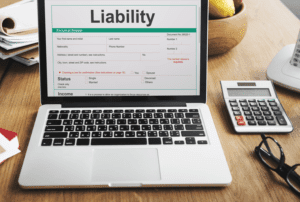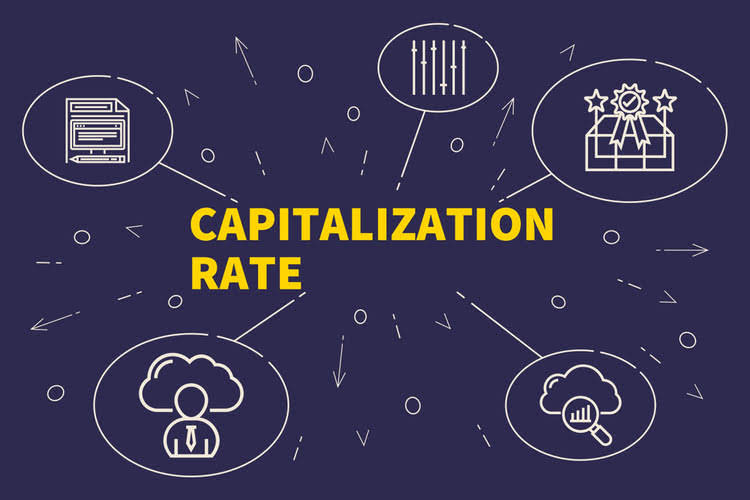
For those looking for reliable retirement income, annuities provide a steady stream of payments that can… Prepayment risk is the risk involved with the premature return of principal on a fixed-income security. When debtors return part of the principal early, they do not have to make interest payments on that part of the principal. Let us look at the balance sheet at the end of one month on December 31, 2017. Speak Accounting simplifies complex accounting topics, making it easy for everyone to understand the fundamentals and intricacies of accounting, finance, and business. The tantalizing prospect of instant wealth has millions lining up to purchase tickets, dreaming of a life free from financial worries.
Understanding Prepaid Insurance Journal Entries: A Step-by-Step Tutorial

A business should monitor prepaid expenses regularly to confirm that reporting is correct and up to date. When a prepaid expense is recorded, it enters the accounting system as a current asset. When the insurance coverage comes into effect, it is moved from an asset and charged to the expense side of the company’s balance sheet. In this case, the company’s balance sheet may show corresponding charges recorded as expenses. On the other hand, suppose a business receives a $1,000 electricity bill on January 31, 2020 for the electricity consumed in January 2020.

Tax Treatment of Prepaid Expenses
Start by calculating the portion of fixed assets the prepaid expense that applies to a particular period. To do this, divide the total prepaid amount by the number of amortization periods. Because the business doesn’t get the benefit of its purchase all at once, you’ll need to create adjusting entries to allocate the expense over time. How frequently you prepare adjusting entries depends on the number of periods over which you intend to distribute or amortize the cost of the benefit. Debiting the asset account shows that the company purchased an asset for a particular sum, while crediting the cash account creates a corresponding liability equal to the payment amount.

Related AccountingTools Courses
- It also sets up automatic monthly adjusting entries to debit Insurance Expense for $200 and to credit Prepaid Insurance for $200 on the last day of each month.
- Advance payment of insurance enables a business to manage its cash flow and budget since it assures that insurance needs are covered for the prepaid period.
- Accounting prepaid expenses are an important part of accounting because they affect the income statement, the balance sheet, the cash flow statement, and the tax liability of a business.
- This timely allocation ensures accurate financial reporting and reflects the true cost of insurance over the period it covers.
- The credit to the cash account decreases the cash asset in the balance sheet.
- Prepaid expenses can help by spreading costs over multiple accounting periods, optimizing cash flow, and simplifying the process of balancing the books.
Prepaid insurance refers to premiums for insurance that are paid in advance. A premium is a regular, recurring payment made to a provider for the benefit of having insurance coverage. Prepaid insurance is of great importance to any business, as it ensures that when a business pays for insurance, prepaid insurance is there is no loss in insurance coverage due to missed payments.
- In this case, Prepaid Insurance is classified as current assets on the Balance Sheet, as shown below.
- A business should monitor prepaid expenses regularly to confirm that reporting is correct and up to date.
- One objective of the adjusting entry is to match the proper amount of insurance expense to the period indicated on the income statement.
- The business records the expense as an electricity expense in the income statement and a accrued electricity liability in the balance sheet in January 2020.
- This same adjusting entry will be prepared at the end of each of the next 11 months.
The initial entry is a debit of $12,000 to the prepaid insurance (asset) account, and a credit of $12,000 to the cash (asset) account. In each successive month for the next twelve months, there should Bookstime be a journal entry that debits the insurance expense account and credits the prepaid expenses (asset) account. On December 31, anadjusting entrywill show a debit insurance expense for $400—the amount that expired or one-sixthof $2,400—and will credit prepaid insurance for $400. This means that the debit balance in prepaid insurance on December 31 will be $2,000. This translates to fivemonths of insurance that has not yet expired times $400 per month or five-sixthsof the $2,400 insurance premium cost.

